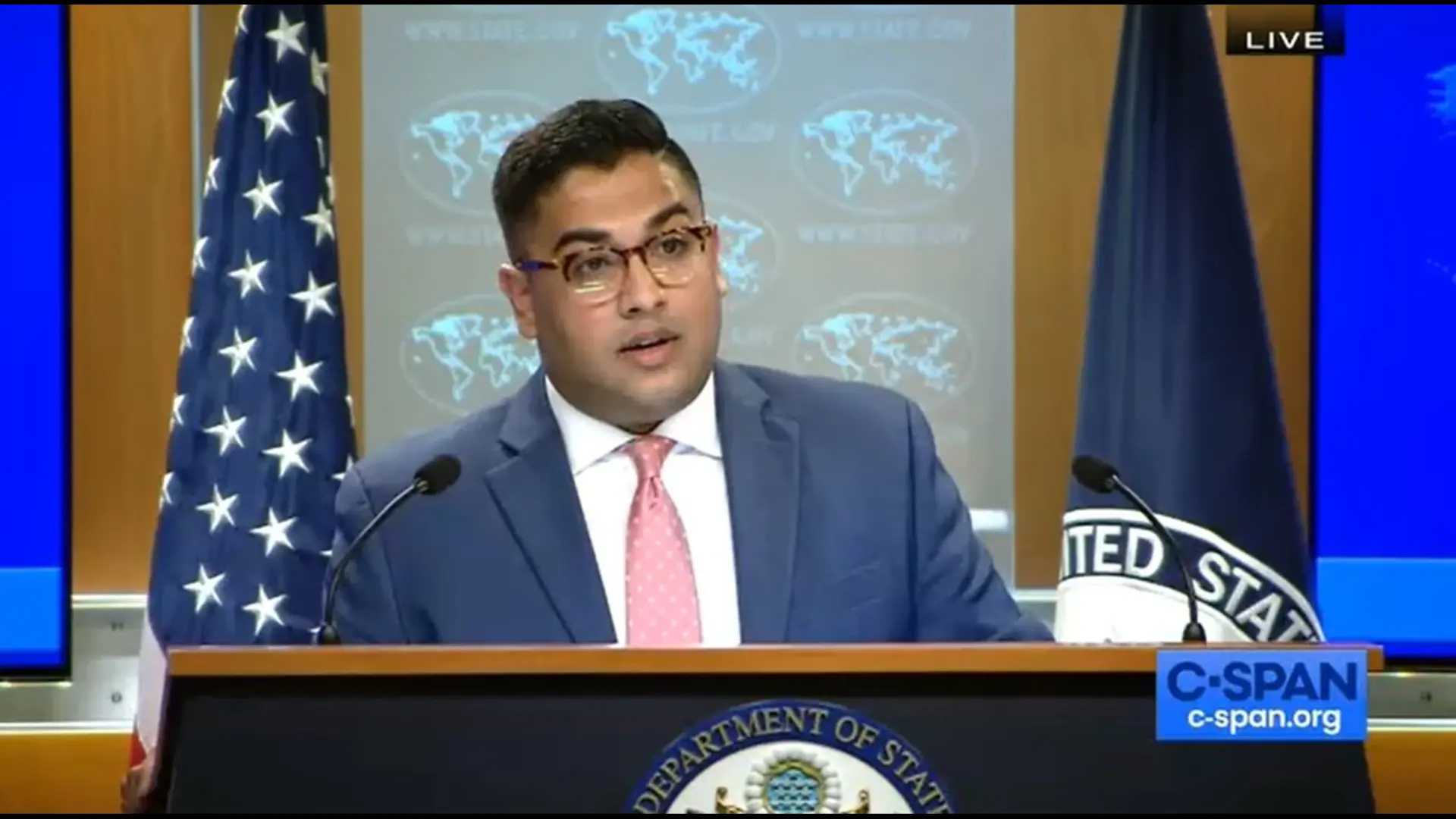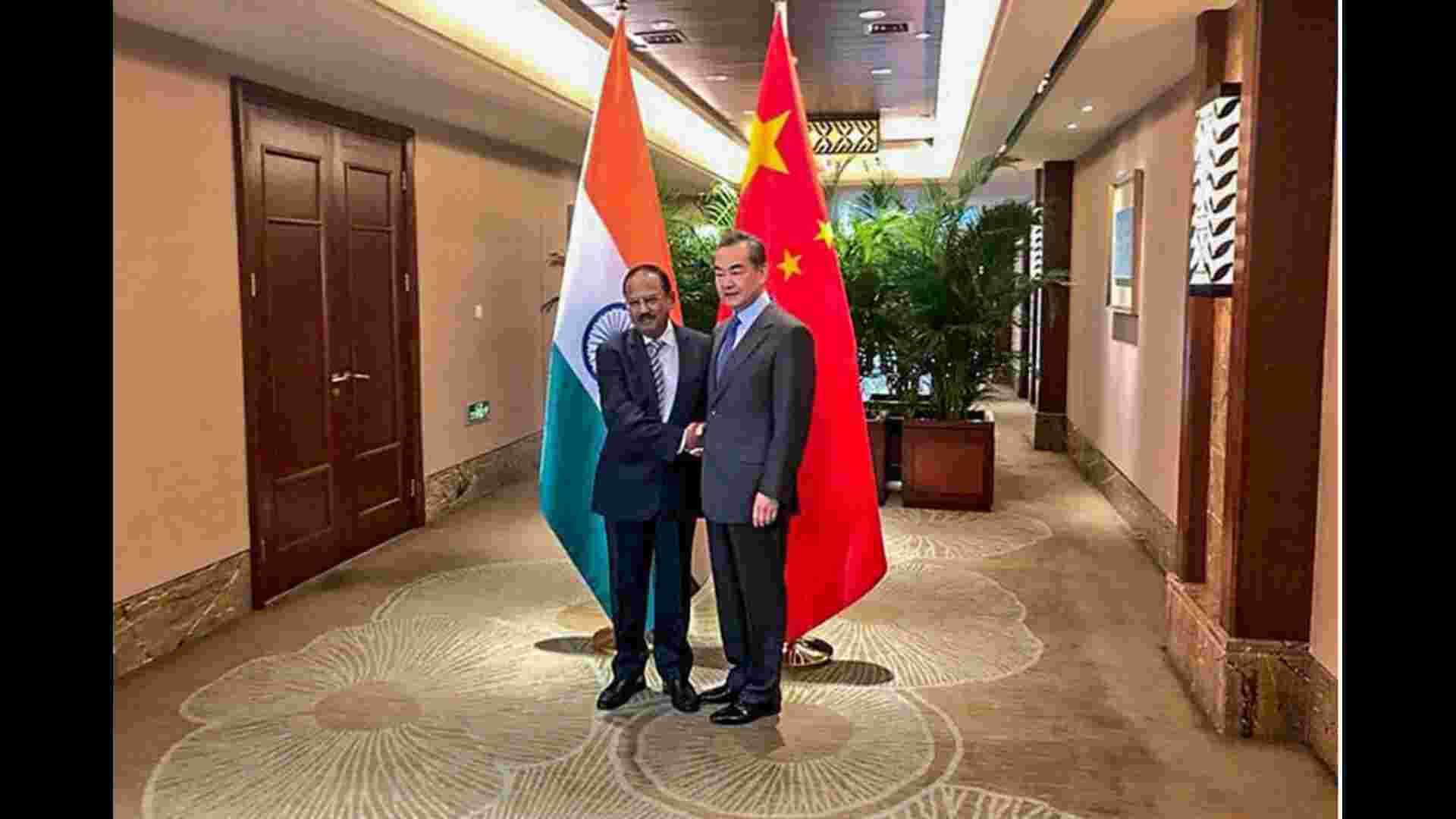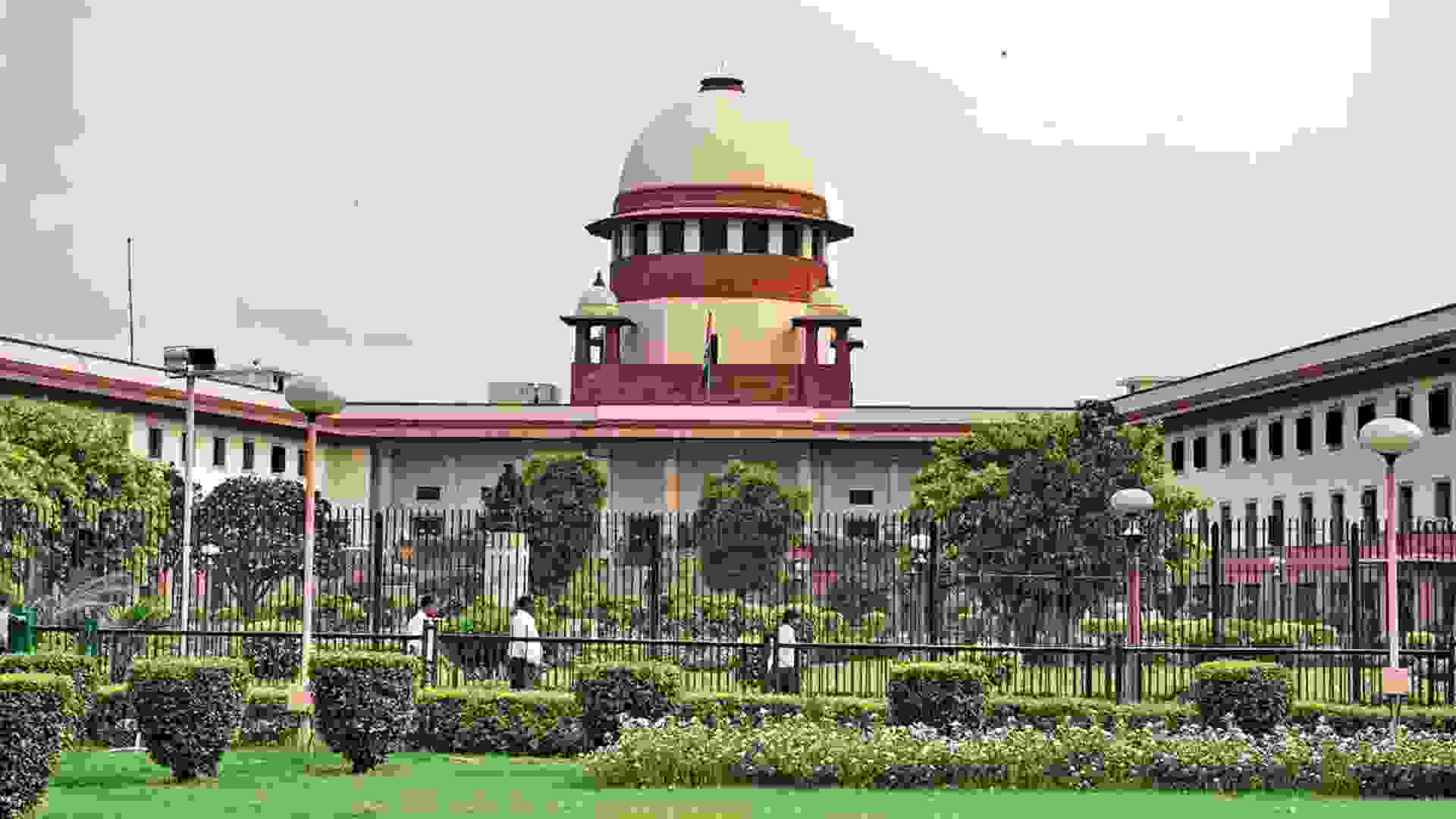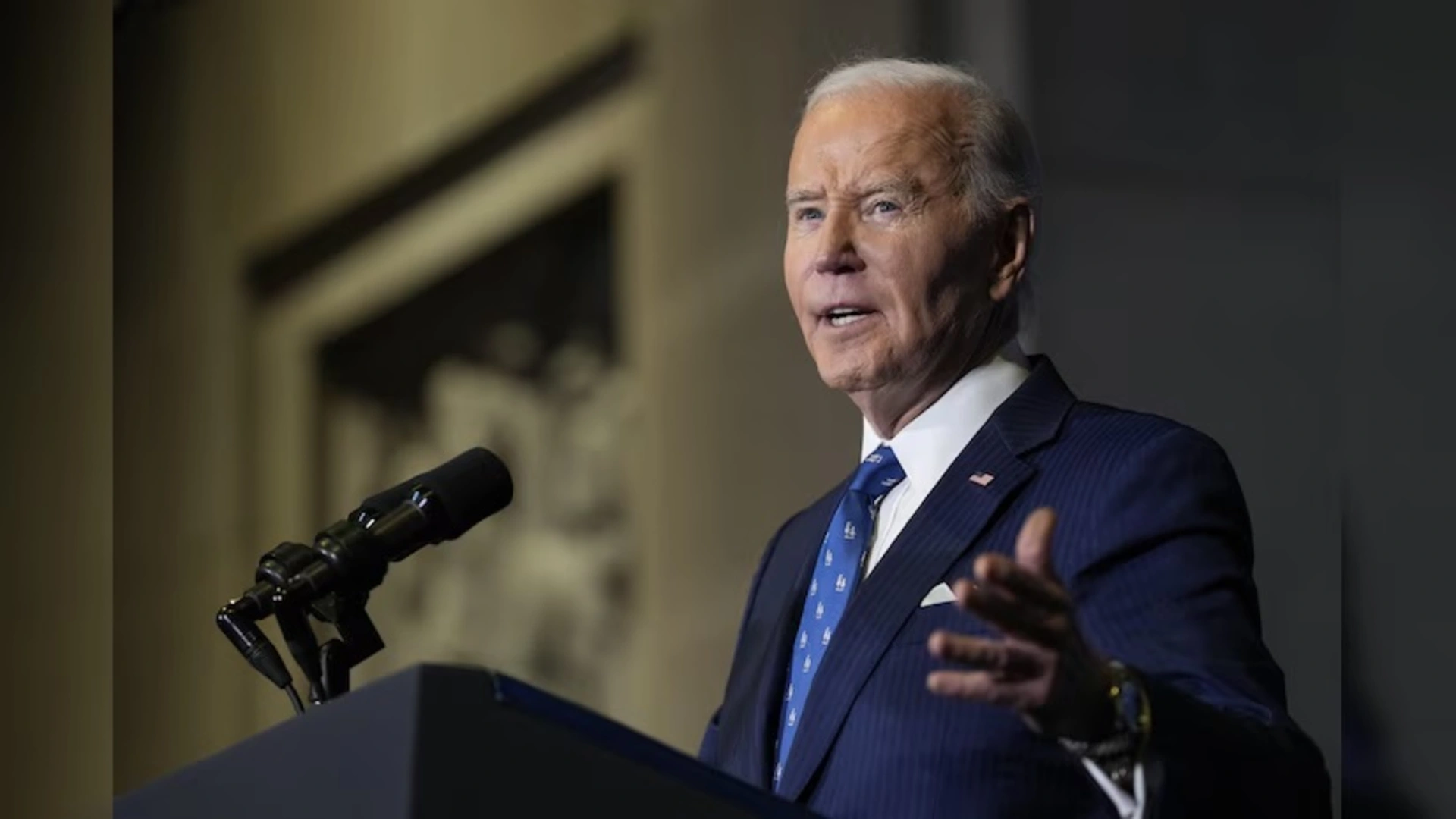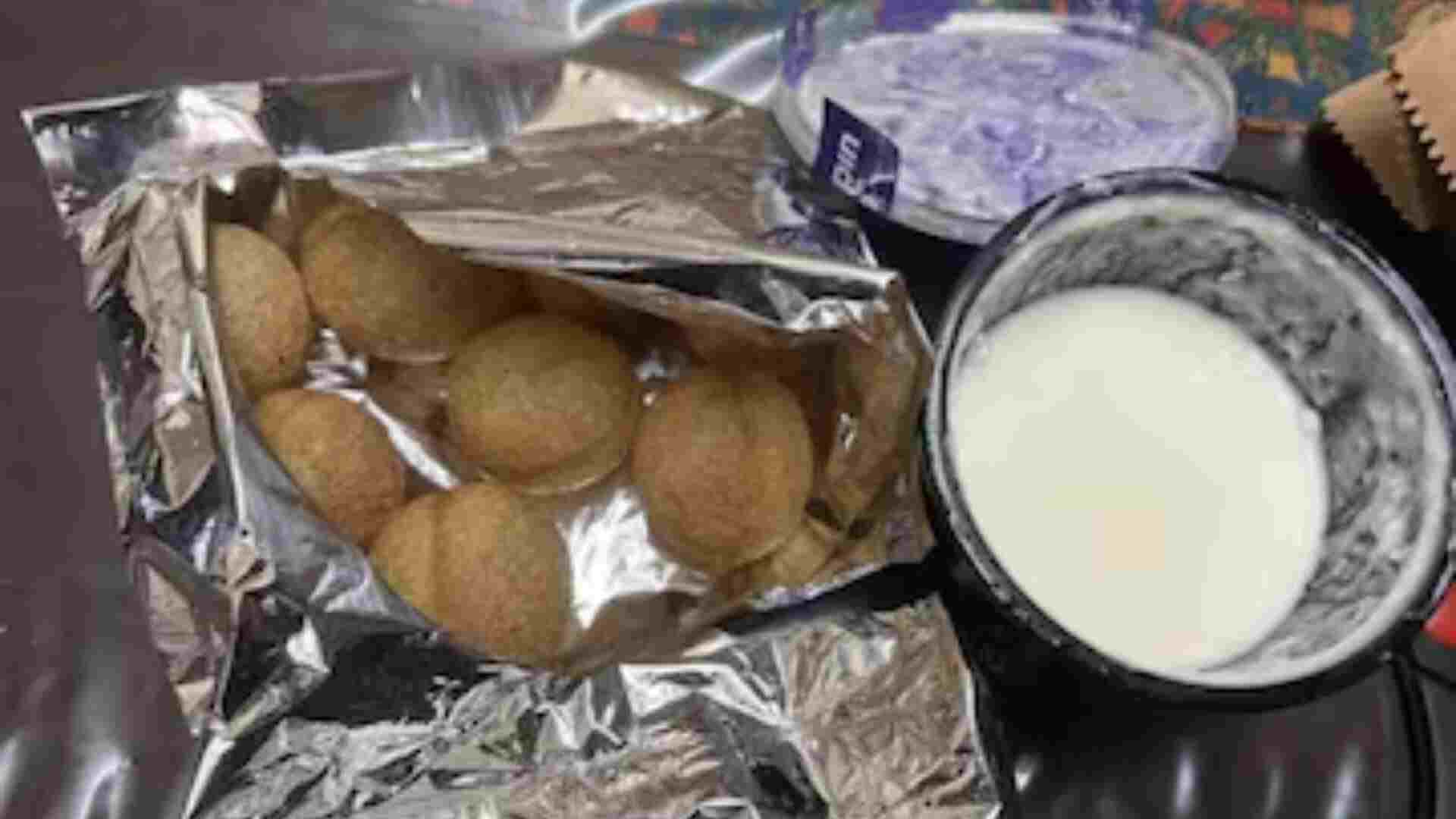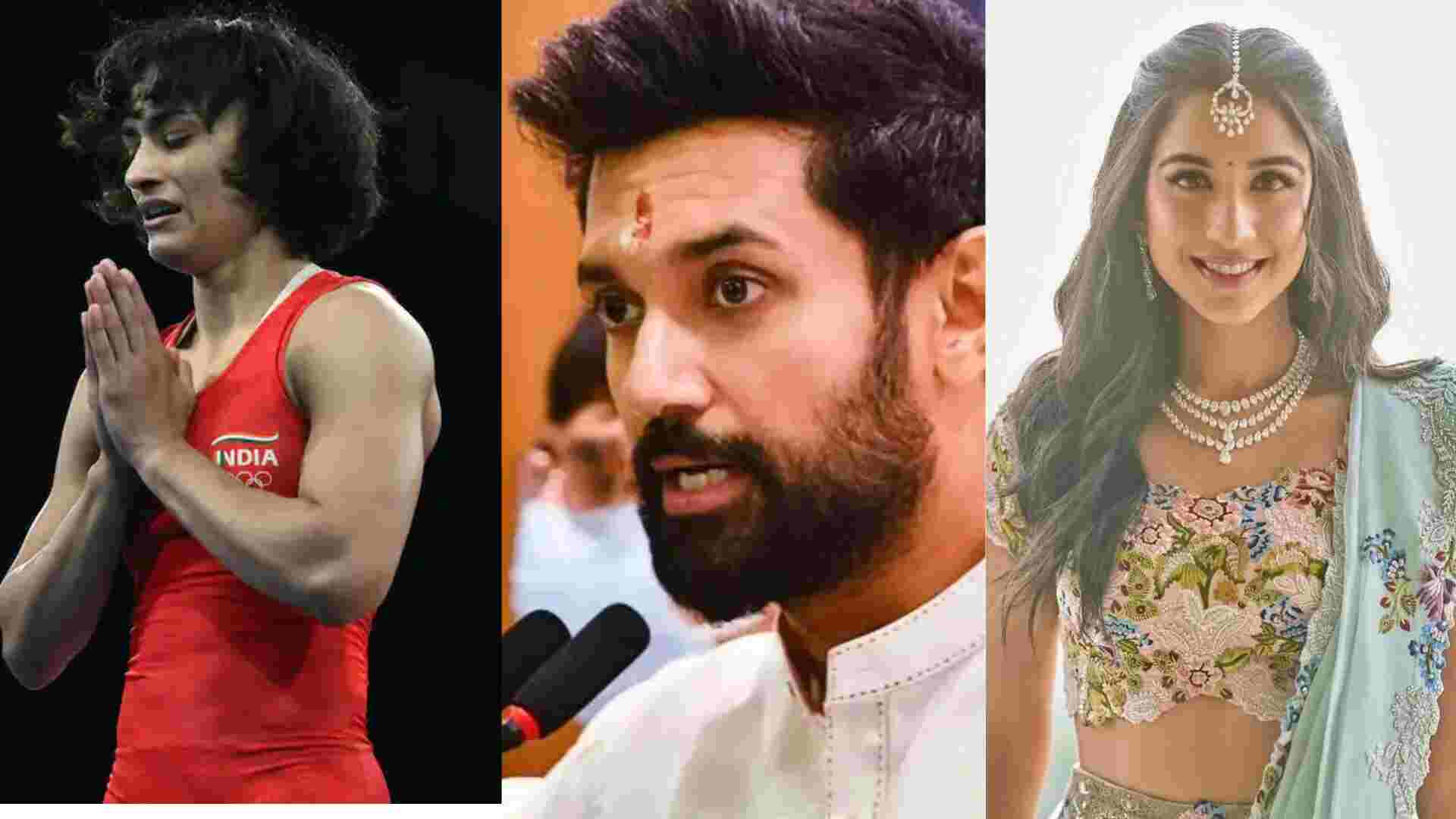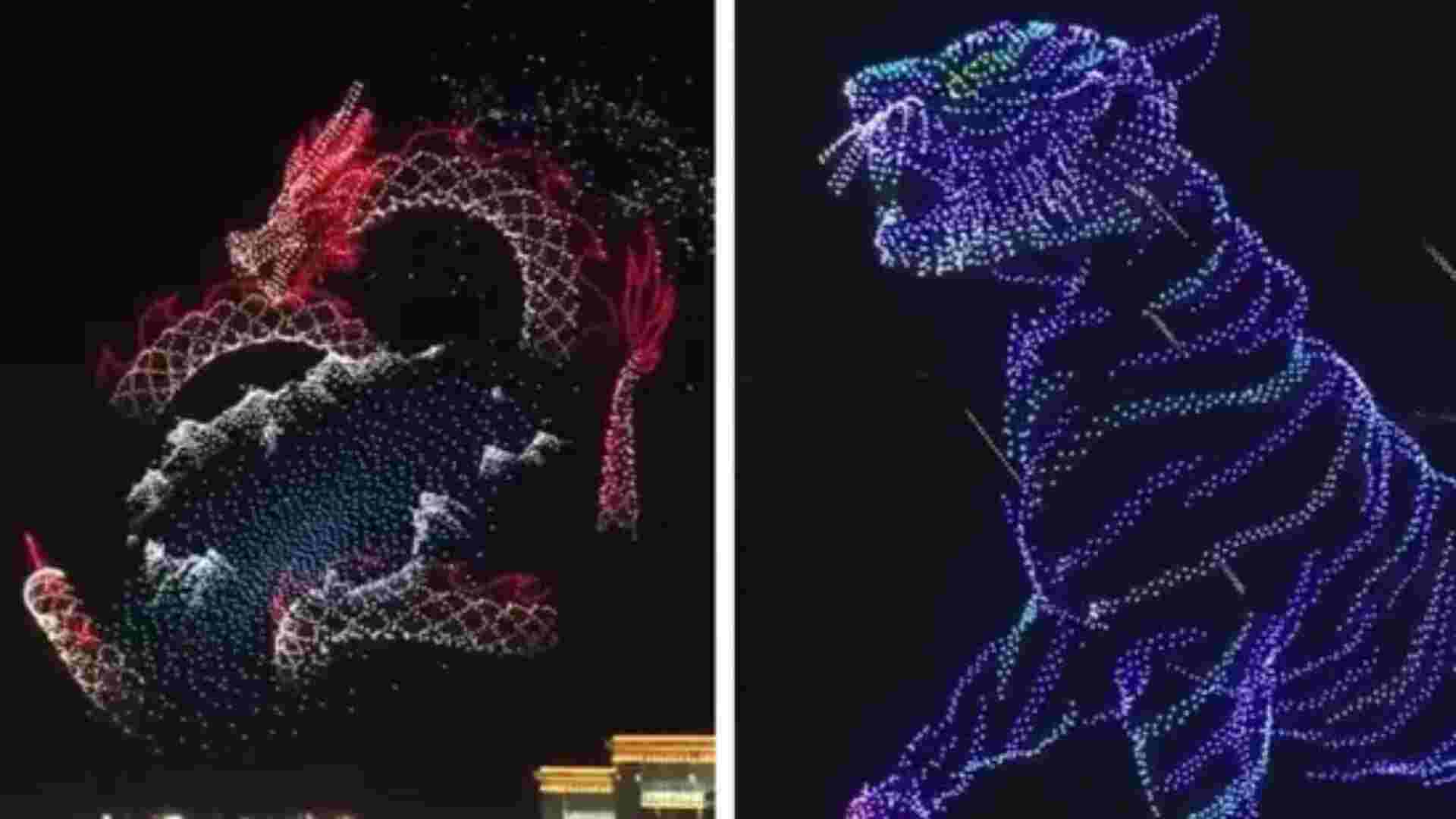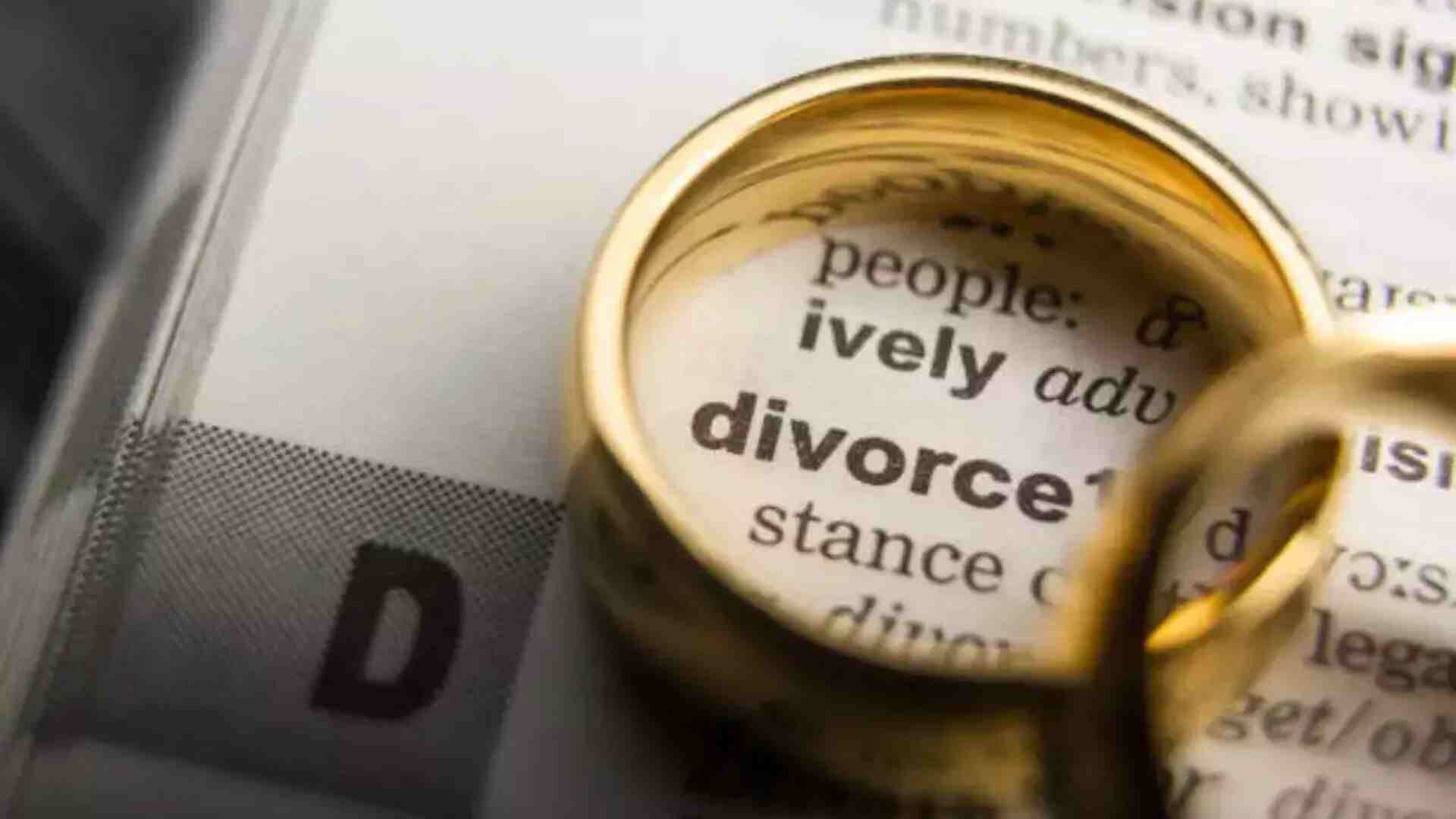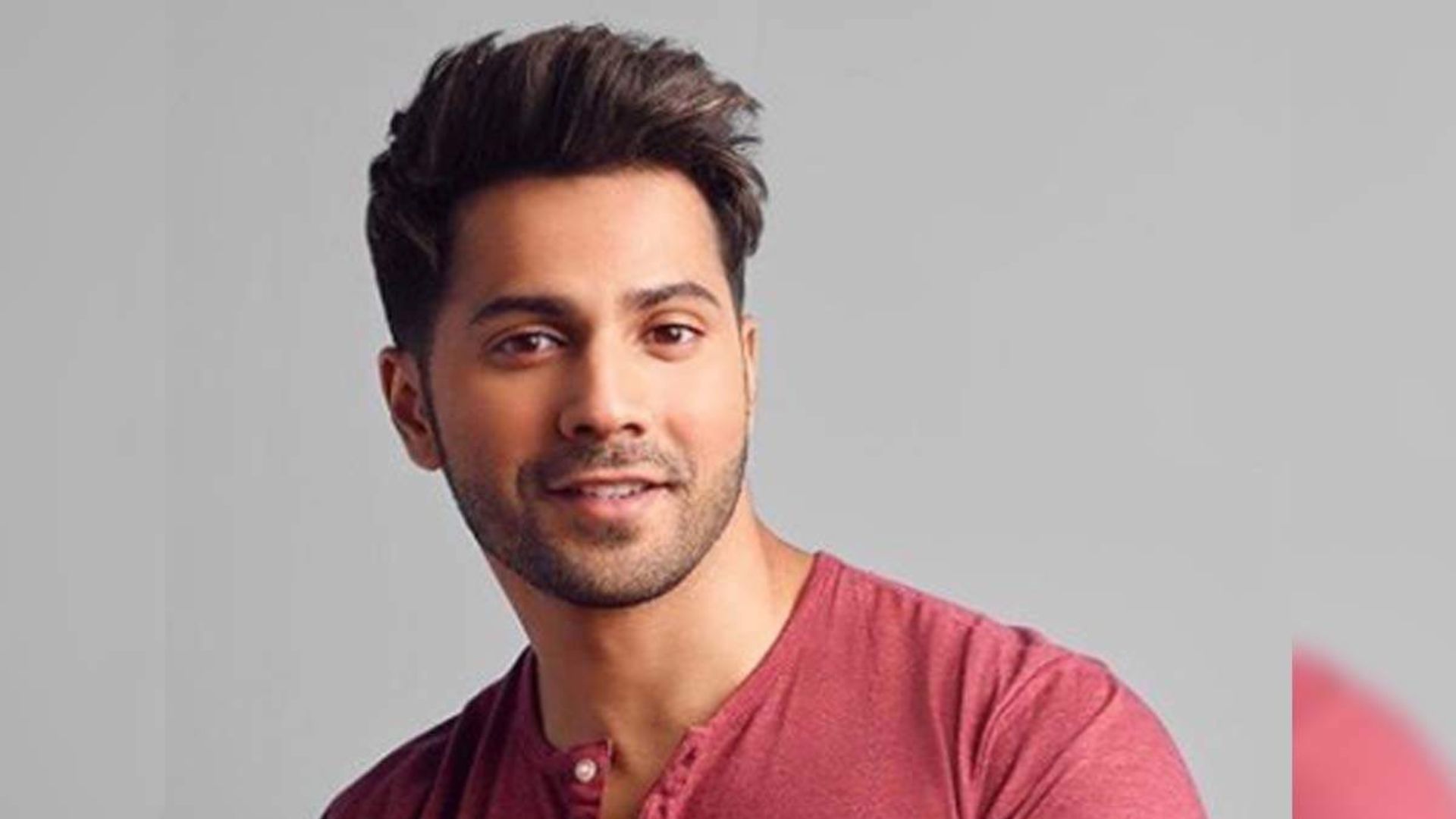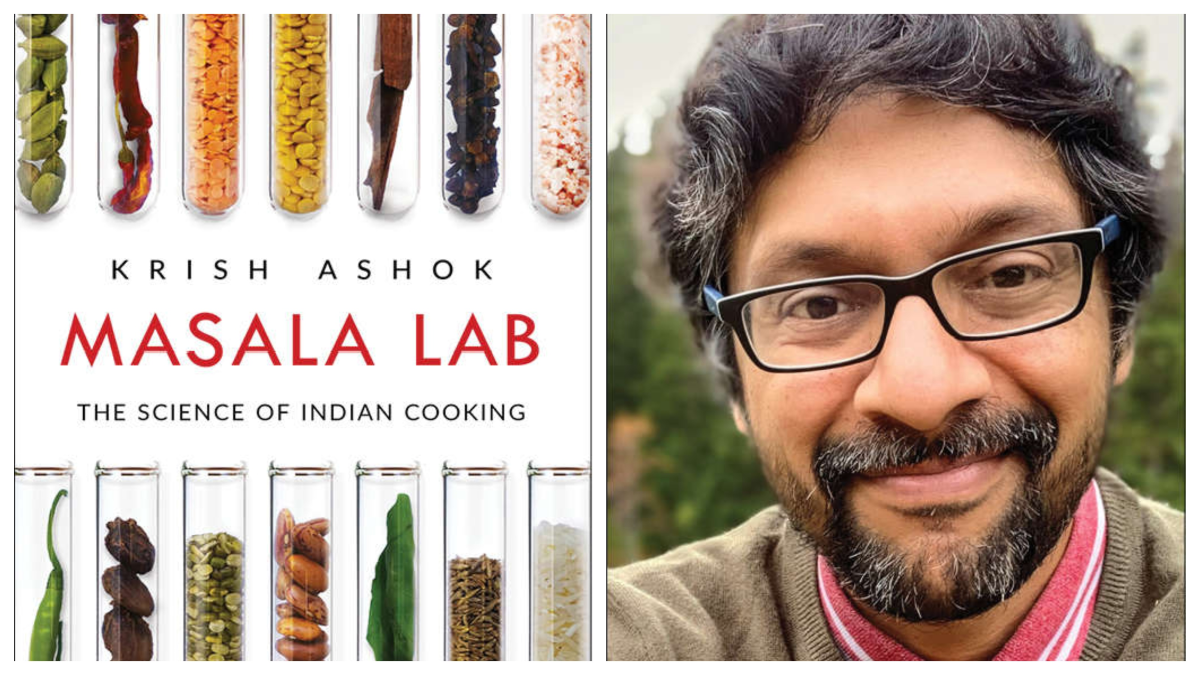
Why is a teabag used while cooking chana masala? Why should tamarind be stored in a stainless-steel vessel instead of an aluminium one? How is frying onions related to the Maillard reaction? Krish Ashok answers these questions and more in his book, Masala Lab (Penguin), which intends to explain the science of Indian cooking methods and provide a comprehensive counternarrative to the often overly exoticised or romanticised recipes for Indian cuisines.
In an interview with The Daily Guardian, Krish Ashok shares what led him to write the book and whether cooking is more of an art or a craft. Excerpts:
Q: How did you conceptualise Masala Lab? What inspired you to write the book?
A: I had been thinking about it for a long time. It interested me, especially as an engineer. I have always felt that there has been no proper documentation for the science behind Indian cooking—which is required. Recipe writing usually only focuses on unimportant things. It never tells you why you need to do what you need to do. It poses cooking as all art or something which comes innately.
I was also inspired by this trend in the West which reduced cooking to the science of it and people like Harold McGee. It lets people be more inventive with cooking. So, I wanted to create something like the first user manual for Indian cooking, targeting beginners. Moreover, the pandemic brought the right time for this as more people stepped into their kitchens for the first time.
Q: Is cooking really all science and no intuition?
A: Yes. But I’m talking about the chore of cooking—done two to three times a day, especially by a vast majority of women. When you are cooking to eat, not living to cook, it is not an art. It is a constrained, high-pressure and laborious task. Home cooking is more of a craft than an art, unambiguous and scientific. It needs to be done in the most efficient manner. Of course, more high-end cooking, like those spectacular dishes at a Michelin star restaurant with a lot of visual appeal, is definitely more of an art.
Q: What, in your opinion, then makes for good cooking?
A: You can describe a “good cook” in terms of statistics like a “good cricketer”, but good cooking is something deeply personal and driven by nostalgia. It also has to do with what you grew up eating and what sort of ingredients you had access to. For instance, my mother cannot stand the smell of mustard oil, but it is essential to someone cooking in Bihar and Bengal. So, food and flavour and nostalgia are tied together. There is the larger element of nutritional value and other objective parameters for “good food”, like a balanced mix of flavours and textures and visual appeal, but, ultimately, the perception of good cooking is deeply personal.
Q: Does your emphasis on putting down the science of cooking have to do with the recent rise in pseudoscience and fake facts?
A: Yes, very much so. Our grandmothers’ techniques are way more scientific than what one reads on the Internet today. That is the reason why they still work. But we need to use modern science to verify and validate traditional knowledge and methods now. Unfortunately, false and often contradictory information spreads faster—which is no help for beginners. For instance, it is a common misconception that carrots and tomatoes eaten raw in salads are healthier. But actually, they are richer in nutrition when cooked.
Q: Was there a period of intense research before writing the book or was this more of putting down whatever you have learnt in the kitchen so far in life?
A: No, these all come from my notes which go back several years. For instance, I would make chapattis with 80% hydration and note down the results and do something differently and compare it the next day. However, the challenge was about how to organise all that in the book—what to pick and what to leave out. And my editor instructed me to explain things as if I was speaking to someone who had never paid attention in science classes. So, I had to write about things which are useful and observable, instead of gratuitous explanations for the sake of science. So, writing the book was also an exercise in restraint.
Q: Was there anything more you wanted to add to the book?
A: In an ideal world, I would have liked this to be a hardcover, full-colour, 500-page manual—like a basic encyclopaedia of Indian food science.
Q: Do you see Masala Lab being turned into a TV/web series? For instance, Samin Nosrat’s Salt Fat Acid Heat tried something similar, explaining the elements of cooking, and it went on to become a popular show.
A: Yes, and there are discussions underway regarding something like that.
Q: You have also mentioned speaking to chefs in restaurants to learn about their cooking methods. What have been the most valuable lessons learnt so far?
A: There is much to learn about maintaining consistency in taste and speed, especially from low-end or mid-tier restaurants, which are incentivised to put out food faster and keep costs low. They do things in a more industrialised manner, for instance, combining pre-cooked ingredients and base gravies before serving a dish. This is why they are able to serve dal makhani in ten minutes, whereas it takes two hours to make it at home. For instance, their bhindi masala turns out tastier because they fry the bhindi and masala separately at certain temperatures which allows for the Maillard reaction. The same does not happen with homecooked one-pot bhindi masala. Another thing I have seen in restaurants outside India is the process of brining meats instead of marinating them. Marinades do not penetrate the meat, but salt does, through osmosis, which lets the muscle tissue absorb all the salt and makes the chicken softer and taste better. So, from an algorithmic point of view, restaurant cooking can teach home cooks a few things. I have put some of those modular approaches down in Chapter 7 of the book.

